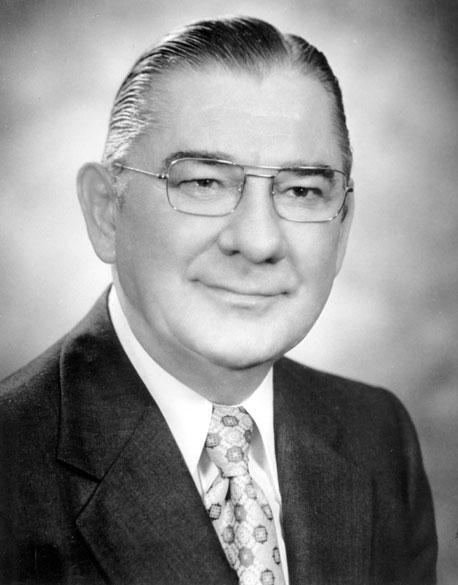The Growth of Medicaid, A Sign of a Troubled Society

Medicaid, originally to provide medical care for the poor and disabled, was passed in 1965 almost as an afterthought, along with Medicare. Eligibility has increased over the years without any discussion as to why so many Americans need to have in essence free care. Medicaid is funded by about 50 percent from the federal government (general tax revenues), a greater percentage for poorer states, and about 50 percent from state coffers.
When passed Medicaid covered about 2% of our population but has now increased tenfold to about 20%, with a concomitant expansion of state/federal bureaucracies adding to the increases in cost. From 2014 to 2019 Medicaid participants increased from 65.1 to 75.1 million, with costs increasing from 315.1 to 639.4 billion dollars. Yet the poverty rate decreased from 14.7 to 10.5% during this period; this paradoxical result is due to ever-increasing eligibility along with fraudulent participants. There have been increases during Covid-19, but this hopefully should be temporary. Throughout this period Medicaid has paid for about 50% of newborn deliveries and about 60% of long-term nursing home care. By 2027, in just six years, it is projected that Medicaid expenditures will exceed 1 trillion dollars. In our nation with its massive debt, we will not be able to afford this expenditure.
Appropriately, an overwhelming number of Americans believe that everyone should have access to healthcare. This requires that we address two key issues: why do we have so many people needing Medicaid funding for their medical and long-term care, and can we provide the needed care for ALL Americans at a significantly lower cost?
Where our Society is Failing
Our educational system is leaving millions of children, mostly from poorer families, without the skills to prosper in our advanced economy. This is a complicated issue, made worse by SARS-CoV-2, that needs serious reform if these youngsters will not require Medicaid in the future.
Single motherhood requiring Medicaid is becoming increasingly acceptable but has financial consequences. This subject has ethnic and racial overtones that make it a delicate topic but requires a solution.
Additionally, our care for the infirmed elderly needs far better alternatives than today’s long-term nursing homes which are extremely costly and an incubator for infectious diseases. Innovations in-home care for our aging population is a necessity to improve care using fewer resources.
Providing healthcare for the entire population at less cost.
An individualistic option should be available for Medicaid recipients and all those without coverage. A means-tested deposit by federal/state governments into an individual’s health account creates personalized control and responsibility. Cash payments for routine care and the purchase of a nationally available high deductible catastrophic plan with the deductible no greater than the yearly deposit would be purchased with these personalized funds. This would provide better care at far less cost.
The burgeoning Medicaid numbers reflect many serious shortcomings in our society. We must address these issues if we are to avoid national bankruptcy while providing healthcare for all in need.
https://www.ncbi.nlm.nih.gov/pmc/articles/PMC4194918/
https://nypost.com/2020/11/28/medicaid-hemorrhaging-100b-on-americans-ineligible-for-the-program/?mc_cid=bccf63b9c9&mc_eid=5bec4ac003
https://www.statista.com/topics/1091/medicaid/









Who is that guy?
That’s Ways and Means Chairman Wilbur Mills, famous not only for alcohol-fueled Argentinian stripper scandal with Fanne Foxe (so there was something good about him) but also for his famous “wedding cake” approach toward the eventual nationalization of health care.
As hapless 50+ years ago as they are now, the GOP tried to stop Medicare implementation by arguing it left out the poor. No problem chortled Mills and the collectivists, as they added this idiot step-child Medicaid to Medicare, cementing LBJ’s sop to the seniors in the largest vote bribe in history.
Like Medicare, Medicaid could never work because it was implemented by a central government not founded to be capable of such. So thanks to this bastard and other legions of do-gooders living off the efforts of others, a twenty-something, otherwise able-bodied, can saunter into any ER with illegitimate children in tow, check them all in for a cold, and have it all paid for by those providing the “free” care. Forget means testing, the individual will never be held accountable by remote state and federal authorities more interested in unsustainable platitudes about universal coverage. We cannot provide health care for all in need, but the urge to do so will drive us into fully nationalized, single-payer care for the vast majority. So thanks a lot, Wilbur.
And don’t forget, this new government will likely try to pass legislation to pay for healthcare for illegals as well.